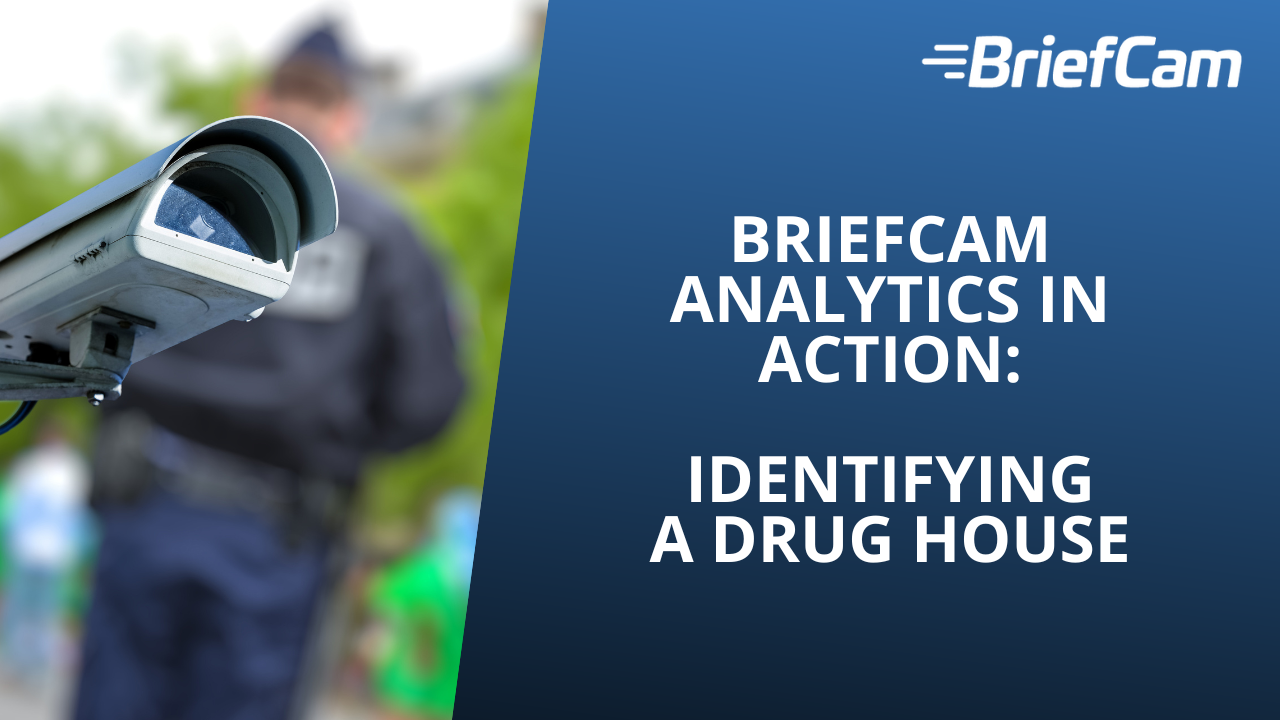4 Key Functions of a Successful Real-Time Crime Center

What is a Real-Time Crime Center (RTCC)?
Real-time crime centers – or RTCCs for short – are critical for enhancing public safety and operational efficiency for law enforcement agencies world-wide. But what exactly is a real-time crime center, and what does it do?
Real-time crime centers can go by many names. Whether you call it an operations center, information center, or intelligence center, the core function remains the same: to synthesize data and provide actionable insights to officers in the field.
The Law Enforcement “Smart Phone”
Captain Darin Hull of the Cobb County Police Department Real-Time Crime Center expertly relates RTCCs to smart phones. “We pretty much all have them in our pockets, and they allow us to take different types of technologies or methods of communication and revise them in a way that fits our lives. They help us create more effective and efficient daily routines and give us immediate access resources.” Similarly, public safety has a lot of technologies. So, a real-time crime center is a platform that empowers law enforcement to take all those different technologies, information sources, and data points and put them into a medium that is effective, efficient, and easy to access.
Interested in learning more about real-time crime centers and advanced analytics? Join us at the National Real-Time Crime Center Association’s (NRTCCA) annual conference. Schedule a demo
Key Functions of an RTCC
As we said before, real-time crime centers allow law enforcement agencies to access and analyze a multitude of information efficiently and effectively to provide a comprehensive, real-time view of public safety situations. Let’s explore some of the key functions of a successful real-time crime center:
-
Data Integration and Analysis
An RTCC collects data from diverse sources, including surveillance cameras, license plate readers, social media feeds, and emergency calls. By aggregating this data onto a unified platform, the center enables real-time analysis and rapid decision-making.
-
Enhanced Situational Awareness
With a comprehensive view of ongoing incidents, RTCCs provide law enforcement officers with critical information before they arrive on the scene. This enhanced situational awareness improves officer safety and response effectiveness.
-
Proactive Crime Prevention
Beyond responding to incidents consistently, RTCCs play a crucial role in proactive crime prevention. By analyzing patterns and trends, the center can identify potential hotspots and deploy resources strategically to deter criminal activity.
-
Support for Investigations
RTCCs streamline the investigative process by providing quick access to relevant data and video footage. This capability significantly reduces the time required to review evidence and accelerates the resolution of cases.
Real-World Impact of Real-Time Crime Centers
Advanced analytics are one of the critical technologies that real-time crime centers utilize for safe and efficient policing. The Hartford Police Department, for example, was made aware of heavy drug activity in a school zone on a particular street. Before sending officers into a potentially dangerous situation, they put up a pole cam, which recorded 12 hours of activity. Check out how they use advanced video analytics to review their video 90% faster.

To summarize, Hartford PD used advanced video analytics to identify the drug house in under 2 minutes without ever sending an officer to the field. Furthermore, the video analytic data gathered provided concrete evidence that empowered them to secure a search warrant and neutralize the drug house in record time.
Transforming Community Safety
Real-Time Crime Centers represent a transformative advancement for law enforcement. By consolidating multiple technologies and data sources into a single platform, RTCCs enhance situational awareness, support proactive crime prevention, and streamline investigations. As public safety challenges continue to evolve, the adoption of RTCCs will be crucial for law enforcement agencies striving to maintain safety and order in their communities.
Interested in learning more about real-time crime centers and advanced analytics? Join us at the National Real-Time Crime Center Association’s (NRTCCA) annual conference. Schedule a demo
Signup to receive a monthly blog digest.